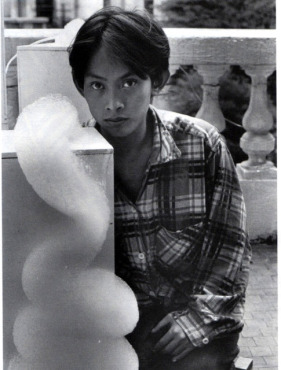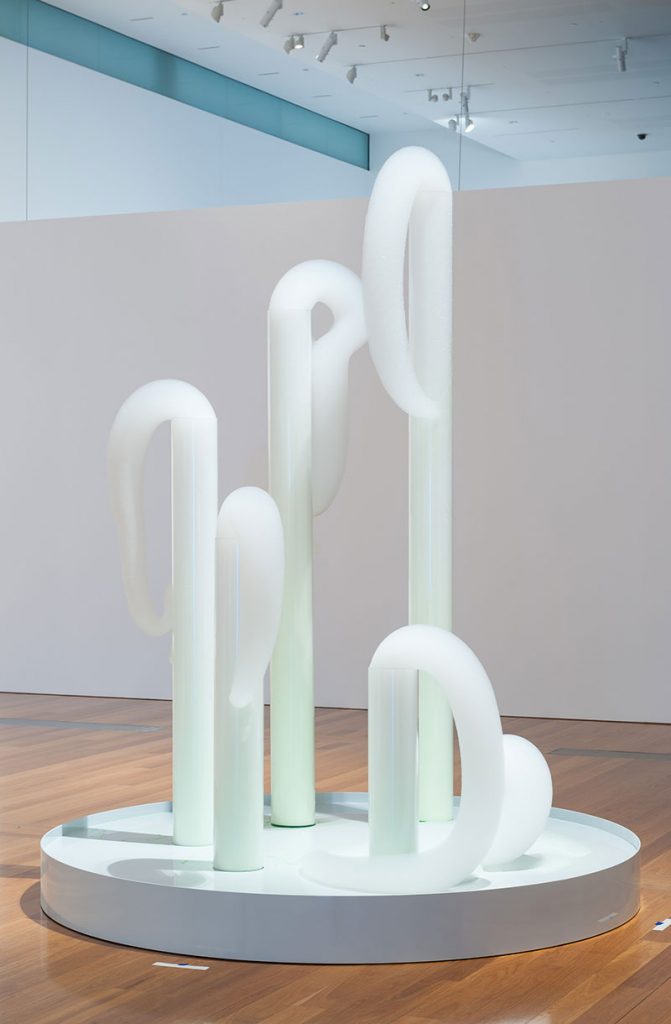David Medalla (1938-2020)

David Medalla, who pioneered kinetic art, has died at the age of 82. Born in Manila, Philippines, he was admitted to Columbia University at 14 and later moved to the United Kingdom in the 60s. In 1964, he co-founded the experimental art gallery Signals in London. He was best known for his iconic Cloud Canyon series, which used a simple sculptural device that constantly formed bubbles and foam. What seemed like playful bubble machines had their origins and conceptualisation from Medalla’s memories, particularly of an incident during his childhood at the height of the second world war. He witnessed a dying Filipino guerrilla whose mouth foamed with red bubbles after he was shot by the Japanese Kempeitai. Later, he would remember this event as he toured a brewery in Edinburgh and saw the boiling bubbles inside large metallic vats.

Medalla called these kinetic sculptures “auto-creative art” because they made and remade themselves, often without human intervention. Another important work, A Stitch in Time (1967), invited audiences around the world to stitch part of themselves onto a large cloth while in a public space. Medalla described it as “participation-production-propulsion.” He created several versions of this participatory work presented in different art stages and museums most notably at the Royal College of Art in London, DOCUMENTA 5 in Kassel, and at the 57th Venice Biennale.
Medalla’s work was the subject of the solo exhibition Anywhere in the World, curated by Guy Brett, at the Institute of Contemporary Arts, London, in 2005. His work was part of Harald Szeemann–curated exhibitions Weiss auf Weiss (1966) and Live in Your Head: When Attitudes Become Form (1969) at the Bern Kunsthalle, and in DOCUMENTA 5, Kassel (1972). Important group exhibitions include How Art Became Active: 1960 to Now at Tate Modern (2016); Bern 1969/Venice 2013, Fondazione Prada, Venice (2013); Migrations, Tate Britain, London (2012); Happiness–A Survival Guide for Art and Life, Mori Art Museum, Tokyo (2003); Century City, Tate Modern, London (2001); Force Fields: Phases of the Kinetic at the Museu D’Art Contemporani de Barcelona and the Hayward Gallery, London (2000); Live in Your Head: Concept and Experiment in Britain 1965-75 at the Whitechapel Art Gallery, London (2000); Out of Actions: Between Performance and the Object, 1949–1979 at The Museum of Contemporary Art, Los Angeles; L’Informe at the Centre Pompidou, Paris (1996); and FluxAttitudes at the New Museum of Contemporary Art, New York (1992).
